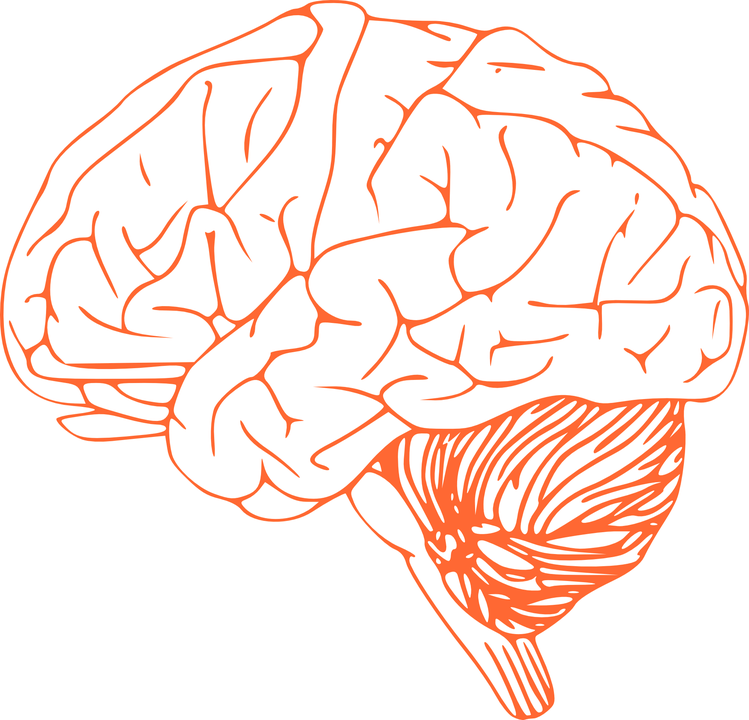There is currently not possible to reverse the damage that has been inflicted on the spinal cords. Researchers are however continually looking for new treatments. Some of the new therapies include prostheses and other medications that promote the regeneration of the nerve cells. The chiropractors believe that they may get a breakthrough by improving the functions of the nerves that remain after the injury. Read More about spinal cord injury to get important facts. Currently, the spinal cord injury treatment lays emphasis on preventing further injury and empowering the individuals with spinal cord injury to living a productive and active life.
Facts
Emergency actions
One an individual suffers spinal cord injury; he should be immediately subjected to medical care. The urgent care is  vital as it minimizes the effects of the neck and head trauma. The treatment of the spinal cord injury is one of unique treatments as compared to the other treatments. This is one injury whereby the treatment begins at the scene of the accident.
vital as it minimizes the effects of the neck and head trauma. The treatment of the spinal cord injury is one of unique treatments as compared to the other treatments. This is one injury whereby the treatment begins at the scene of the accident.
The chiropractors attending to the emergency situation usually immobilize the spine as soon as possible using a rigid carrying board and a rigid neck collar. This is what they use to transport the injured person to the hospital. It is crucial that the individual remains in one position as he is being taken to the hospital.
Early stages of treatment
The initial stage of therapy is also referred to as the acute stages of treatment within the medical circles. In the emergency room, the spinal cord specialists will focus on the ability of the patient to breathe, prevent shock, immobilize the neck to prevent further damage to the spinal cord, and avoid the possible complications.
The patient is usually sedated so that he is not able to move to cause more damage while the diagnostic tests for the spinal cord injury are underway. Patients with spinal cord injury are usually admitted to the intensive care unit for specialized treatment.
Ongoing care
 After the disease has been stabilized or initial injury, the spinal cord specialists, usually turn their attention to preventing the secondary issues that may arise. Some of the secondary problems that may occur include bladder and bowel issues, blood clots, respiratory infections, pressure ulcers, muscle contractures, and deconditioning, just but to mention a few.
After the disease has been stabilized or initial injury, the spinal cord specialists, usually turn their attention to preventing the secondary issues that may arise. Some of the secondary problems that may occur include bladder and bowel issues, blood clots, respiratory infections, pressure ulcers, muscle contractures, and deconditioning, just but to mention a few.
The length that an individual will spend in the hospital will depend on the condition and the medical issues that he is suffering from. Once a patient can take part in the therapies he will be transferred to the rehabilitation facility.

